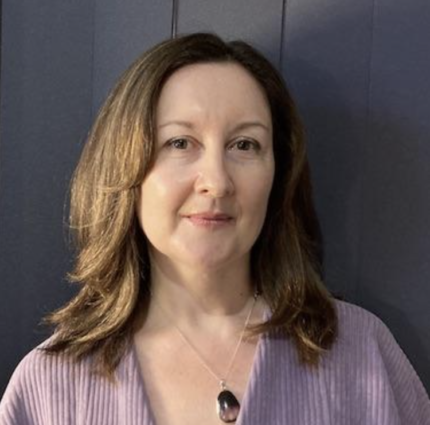First-generation, low-income, working-class, and racially minoritised students often do not have networks of belonging already in place at the university.
There are also issues for care-leavers, commuters, parents and people with disabilities as they start to navigate the intricacies of HEIs.
The sensory stimuli of grand architecture, time-honoured white British, socially stratified aesthetics, pared-back mannerisms and received pronunciation in dominant accents can contribute to experiences of anxiety and culture shock.
Even younger, post-1992 universities – providers that often cater for large groups of people who have traditionally been excluded from higher education – struggle with the conditions for belonging for underrepresented students.
Wellbeing and belonging
The wellbeing of all students is supported by attention to how higher education can creatively enable sensory belonging and inclusivity. The sensory transitions of students in underrepresented groups need additional support from university cultures. Arts methods can assist in fostering belonging by creating sensory meeting points between the known and unknown and enabling affective responses to be expressed.
Arts methods that contribute to effective transitions are diverse in form and content. For instance, they could take the form of interactive spaces created in collaborative drawing and making, self-reflective compositions such as collages and paintings, site-specific making to generate warmth in the grandeur of university architectural spaces, skills-building sessions in life drawing or video making, or student-led arts projects.
Some academics and arts educators who are aware of the multiple benefits of enabling creative self-representation are finding ways to integrate arts methods in humanities and social science subject areas for many diverse groups of students. However, the need for resources for integrated arts practice in the curriculum must be repeatedly justified.
In programme
My research into how arts methods assist sensory transition has gathered voices from academics, arts educators, curators and alums working at ten universities in the UK. This indicative sample includes UK universities known for differences in access and participation. I examined how arts methods are being integrated into social science and humanities degrees. Part of the reasoning for this was that verbal dexterity is usually higher in these areas of study, and so the additional contributions of visual and other sensory discourses would be more identifiable.
I acknowledge the validity of arguments for arts methods to close achievement gaps – for example, by increasing creative approaches to assessment. Arts methods make learning experiences more enjoyable, which contributes to increasing confidence in claiming spaces of belonging at university.
Undergraduate students whose assessed coursework includes making collaborative films, drawings, installations, performative works and interpretive collages are also experiencing hands-on materiality that brings them into significant presence at university. I term this process of building self-confidence through material interactions “substantiation.”
Extra-curricular
Of course, some long-standing extra-curricular arts groups are connected to privilege, especially as state-educated students are attending university with less self-confidence due to the currently limited encouragement for the arts at many state schools.
This discouragement can be countered by extra-curricular arts practices assisting minoritised students in finding responsive new kincentricities. University cultures can offer a sense of being in a collegiate family. Students in underrepresented groups may be encouraged to join creative student societies or arts projects that deracialise ethnicity and offer intersectional feminist creative experiences. If students balance the costs of participating in these societies, there are excellent leadership and networking opportunities.
Lecturers who care for student self-representation in arts practice often need to present an instrumental view of extra-curricular practice, as it increases study skills and alternative methods of assessment. Arts educators who enable extra-curricular arts practice cite the positive effects on well-being and social participation.
Research
My book, Arts Methods for the Self-Representation of Undergraduate Students, discusses how masking patterns exist in university cultures conditioned by the pressure to be socially mobile. Students are masking dimensions of self that they think will not fit in. Collaboration in arts methods, spaces for creative expression – and sometimes, protest – can help re-story the self to include all dimensionalities of race, gender and class.
UK universities could further support approaches to build belonging in with more consistent value for integrated arts methods, introduced in adjusted creative core curriculum or elective modules. Extra-curricular communities of student leadership are also forming motivational assemblages of creative practice. Assemblages such as student societies and interdisciplinary practice research projects care for the inside-outside experiences that students regularly encounter. I argue that arts methods must be fully supported at all stages of student experience: they decompress tense environments and enable breathing spaces for many social and cultural worlds to thrive in the ‘pluriversities’ of UK HEIs successfully.
Arts Methods for the Self-Representation of Undergraduate Students was published by Routledge in April 2023. You can find out more about this book here.













